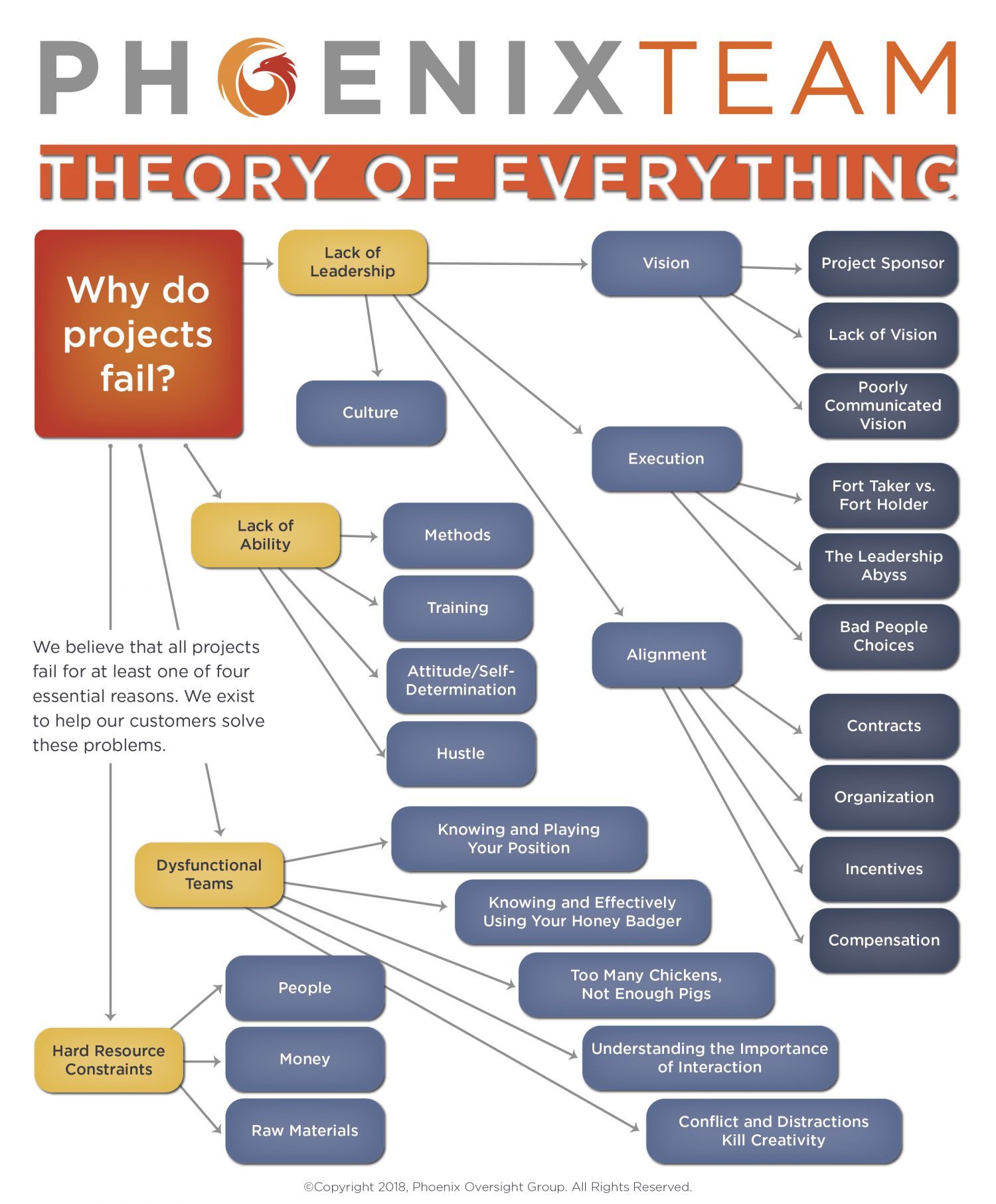The mortgage servicing industry remains a challenging environment. Servicers must provide a high level of customer service, maintain compliance with rigorous and constantly changing regulations, and maintain a low cost of servicing per loan. These challenges can make it difficult to evolve and adapt to new technologies. This document addresses some of the key issues that servicers face today across the mortgage lifecycle and best practices successful servicers use to manage these challenges.
Practices and Struggles along the Mortgage Servicing Continuum
We address the primary areas across the mortgage lifecycle to include core servicing, loan administration, loss mitigation, foreclosure, bankruptcy and claims.
Servicing Themes
We have observed five areas where most servicers struggle today: the digital customer experience, digital transaction management, servicing system optimization, application integration, and reporting and analytics.
Digital Customer Experience
Customers today increasingly expect fully digital interaction with financial institutions. According a study by Accenture, over 20% of banking customers are now “digital only”, having used only web or mobile interactions to interact with their financial institution in the past six months.
The 2014 Cornerstone Performance Report notes that leaders in this space focus on creating deeper digital customer relationships with mobile functionality being paramount. Servicers should proactively seek new ways to engage customers online with new features and channels.
Phoenix helps clients design and launch web and mobile solutions with a modern, responsive user interface and real-time integration to existing client-server and mainframe applications. These solutions are often architecturally challenging and require leadership and coordination to deliver. We work with your teams and vendors to design and launch responsive customer products.
Digital Transaction Management
Paper-based transaction management has inherent problems including human error, lack of visibility, limited control, and lack of security. When servicers combine those problems with high volumes and the need to shorten timelines at reduced cost, the challenges mount. Add to this the absolute need to achieve regulatory compliance and this becomes one of the servicing communities’ largest, most visible challenges.
A way to achieve efficiencies is to move away from paper to digital processes. Many industries have adopted this new way of doing business because companies see benefits immediately.
DTM uses software and services to digitally manage a wide range of document-centric business processes involving people, documents, data and transactions. The vision for DTM is to automate workflow, manage the creation and assembly of data and documents, and enable parties to securely sign a document. DTM collects digital agreements, proves identities for all participants, and integrates applications and document sources. The resulting environment provides an audit history and a centralized secure transaction center.
Phoenix consults with servicers to develop the DTM approach. We work with you to perform a current assessment of your environment to develop your current digital footprint, desired state, and approach to bridge the gap.
Servicing System Optimization
The per-loan cost of industry leading servicing systems is often one of the highest individual expenses for a servicing information technology (IT) organization. It is critical that this expense delivers the maximum possible value. However, we find that servicers are unaware of many of the core capabilities provided by their servicing system, or have configured it in a suboptimal manner, causing inefficiency or redundant technology expense.
The 2014 Fannie Mae Servicer Total Achievement and Rewards (STAR) Best Practices study states that ongoing quality reviews and management oversight of how the servicing system is being used is critical. This proactive approach results in quick identification of a suboptimal setup or improper use of the servicing system.
Phoenix team members know the capabilities of leading servicing systems – including built in automation, workflow, reporting, and integration functionality, and can help your servicing operation realize significantly more value from your servicing system expense.
Application Integration
A modern servicing technology environment is a complex, heterogeneous environment made up of applications, databases, and document repositories from multiple vendors hosted on a variety of technology platforms – web, mobile, client-server, mainframe et al. While many of these platforms support modern integration paradigms like application programming interfaces (APIs), messaging, and web services, many do not. These systems often rely on integration techniques such as file extracts, extract, transform, and loan (ETL), and electronic data interchange (EDI).
Cornerstone noted that market leaders evaluate their own operations across functions to find ways to become more efficient. Evaluating integration points is the next steps to identify gaps in services and data that hinder your teams from working efficiently.
Phoenix team members have significant expertise at integrating these disparate systems. We know what technologies are available, and what integration paradigms are better for your environment and business requirements. We help you design integrated architectures that provide synchronized data and status across your application portfolio using cost effective and reliable technologies.
Reporting and Analytics
Running a successful mortgage servicing business requires timely access to accurate data from across the servicing continuum. Unfortunately, this data is often stored in siloes – internal databases, proprietary application databases, and data marts spread across the operation. This makes it difficult to provide the dashboards, reports, and proactive monitoring that your business users need.
The best practice, although rarely observed, is for servicers to implement and use a single enterprise data warehouse with multiple data sources normalized into a standard data model. This should be integrated in near real time, as appropriate based on business needs, and should include pre-defined queries and aggregations meeting frequently needs.
Phoenix team members have expertise designing data models for the mortgage servicing and default space and mapping and integrating data from disparate systems. We have experience building compelling dashboards, reports, and analytics using tools such as Business Objects, Cognos, or Tableau that can provide your internal customers with a 360°, real time view of their portfolio.
Core Servicing
Loan servicing is the management of a loan from the time the proceeds are dispersed until the loan is paid off. This includes customer service, management of payments, taxes and escrow, outbound mail campaigns, statement preparation and collections.
Core servicing is customer facing and differs from the more administrative or “back office” functions in loan administration. The nature of the challenges for each group differ.
For core servicing, the key focus is the customer experience. Successful servicers are moving towards a more digital customer experience and allowing customers to access payment and statement information online.
Phoenix supports servicer design and launch of development of mobile and web applications to improve end user experience and self-service capabilities.
Loan Administration
Loan administration focuses on loan onboarding, document management, physical storage management, and other servicing functions including loan transfers, assignments, and lien releases. Document management includes the functions of imaging, classification, execution, and recordation.
Smooth onboarding – the process of moving a loan from origination to servicing – is a complex process that typically involves multiple systems with inadequate integration and paper intensive processes. In addition, servicing can inherit compliance problems left over from originations.
Figure 1: Technology Gaps Disrupt Customer Experience. As a loan moves across the continuum, servicers store and manage customer data in multiple systems. This creates gaps that impact the borrower experience. Phoenix works with servicers to identify gaps, design application and process improvements, and improve your ability to demonstrate compliance.
Phoenix provides consulting services to define and document detailed requirements for how you can leverage DTM technology within the post close space. This includes the execution and delivery of lien releases, foreclosure-related documents, assignments and modifications.Moving towards digital transaction management (DTM) and the use of an eVault can resolve some of these challenges as data and documents start electronic and remain electronic throughout the mortgage lifecycle. This model also provides electronic evidence to include documents, the original source XML data corresponding to each iteration of a document, rules executed against data at a point in time, and electronic date and time stamps.
Loss Mitigation
Loss Mitigation encompasses actions taken by servicers to avoid foreclosure. Home retention options include repayment plans, special forbearances, and loan modifications. Alternatives to foreclosure include compromise or “short” sales and deeds-in-lieu of foreclosure.
Though default rates continue to decline, the cost to service a loan is still largely influenced by the continued high cost of default servicing due to constant change and increase in regulatory scrutiny. Servicers report that the rate of audits, and the corresponding cost of compliance, has continuously increased over the past five years. This scrutiny is most heavily focused on default servicing – specifically the early default functions within loss mitigation.
In addition to the sensitivity surrounding these functions, we find that many servicers use homegrown tools and applications to support these areas – leading to both high IT expense and acute compliance risk.
The 2014 Fannie Mae Servicer Total Achievement and Rewards (STAR) report states that the use of dynamic scripting to obtain borrower information and decisioning tools enables servicers the ability to provide on the spot solutions to borrowers. This concept is echoed in the 2014 Cornerstone Performance Report for loan origination. The STAR report also highlights that the use of workflow tools is critical as it helps prioritize and improve chances that the borrower can be helped at the earliest stages of delinquency.
Phoenix team members have built multiple solutions to support early default. We believe that the two most critical gaps in this space are workflow and automated business rules. Workflow helps you confirm your teams complete tasks consistently across your operation. Clearly defined business rules, ideally using a commercial business rules engine (BRE), codify key business decisions such as underwriting, and more importantly, demonstrate to regulators that you are making those decisions correctly and consistently. We can help your organization interpret regulations, understand the workflow and rules required to implement them, and deliver those capabilities to your business.
Foreclosure and Bankruptcy
Prior to initiating foreclosure, servicers conduct pre-foreclosure functions to determine if they have exhausted all options for loss mitigation and confirm compliance. Servicers must thoroughly evaluate the loan for conformity with statutory, investor, and federal regulatory requirements or moratoriums. As an example, servicers must ensure the borrower is not protected under Servicemember’s Civil Relief Act (SCRA). Once the servicer completes the pre-foreclosure evaluation, servicers can proceed to foreclosure. This review process is frequently dependent on a committee and a manual checklist.
The foreclosure process starts with the issuance of a notice of default (NOD) to the borrower and goes through the foreclosure sale. Bankruptcy can interrupt the foreclosure process at any time and depending on the state and court requirements, may require the foreclosure process to start over.
Most servicers use workflow technology and business rules automation to drive down costs, reduce risks, and create supportable audit trails. The most effective use workflow data to continuous identify and resolve bottlenecks, incentive and reward high performers, and shift needed resources to support critical initiatives.
In addition, use of solutions such as bankruptcy monitoring, referral automation, and bankruptcy workstation set up, helps servicers automate high risk, manually intensive processes.
The Phoenix Team understands current bankruptcy and foreclosure technology. With several years of experience managing solutions used by several mid-size to large banks and servicers, our team provides business and technology insight to implement, integrate, and optimize foreclosure and bankruptcy workflow and automation solutions.
Claims
Claims remains the “long tail” of the mortgage servicing default crisis, with claims volumes that continue to exceed normal expectations. The ability to file claims timely and integrate directly with government sponsored entities (GSEs) and investors reduces financial losses associated with missing submission deadlines or incorrectly filing claims. Gathering fees and costs and correctly accounting for them on the claim is important and we see servicers leaving failing to capture all costs at time of claim.
Despite the need, commercial product selection is limited, and servicers continue to rely on home grown systems and manual processes that are expensive and prone to costly failures.
Successful servicers implement workflow and business rules to ensure timeline compliance to minimize potential losses, and create robust bidirectional integrations with GSEs and major investors to reduce manual effort and risk of mistakes.
Phoenix team members understand claims processes and existing commercial applications. We focus on helping our clients understand their requirements, choose a platform, and successfully migrate their in-house systems and manual business processes without business disruption.
Technology Solutions Applicable Broadly Across Servicing
Phoenix professional services enable servicers to improve their information technology performance, take advantage of their existing technology, and adapt to new technology innovations.
Implementation and Conversion Management
Our clients and partners tell us that the cost, stress, and risk of major systems conversions is a main reason that they are unable to modernize their technology platforms. Planning a successful systems conversion is a multi-faceted problem that includes planning, creating the requirements specification, defining the conversion business rules, converting application data, migrating existing integrations, migrating accounts and privileges, and training large numbers of users. Planning and executing a successful conversion with limited application downtime is one of the most challenging and risky projects a technology team can undertake.
Phoenix team members have led many of the largest conversions and implementations in the mortgage servicing and default industries. From years of working on conversions for top 10 banks and servicers, we have developed processes and techniques for planning conversion activities, mapping and translating complex datasets, and transitioning users with minimal pain.
Application Lifecycle Management
The ability to deliver high quality solutions to your business customers within a limited budget, and on an aggressive schedule is a key criteria used to evaluate a CIO and IT organization. New methodologies like Scrum, DevOps, Test-Driven Development, and Continuous Delivery have emerged to help IT leaders adapt and meet these demands, but many IT organizations have yet to adopt them, or have adopted them halfheartedly or incompletely.
Phoenix team members have led large engineering and IT teams in the mortgage industry and have been successful at implementing modern methodologies, deploying innovative tools, and developing engineering leadership. We can help you evolve your engineering discipline and build technical leadership within your organization through training and mentoring programs.
Product Management
Internal mortgage IT organizations often lack product management as a mature internal discipline. Strong product management leadership ensures that your IT efforts remain closely aligned with business strategy and needs, and work is selected and prioritized to maximize business value, and that distractions to the engineering team are minimized. This leadership is in short supply in IT, and it often leads to churn and lack of focus.
Phoenix team members have managed product strategy and execution for some of the largest and most influential products in the mortgage servicing industry. As consultants, we manage product pipelines for our customers, ensuring that work is focused on the initiatives that will deliver the most strategic value and that the products that are developed are user centric and meet the business requirements.






















